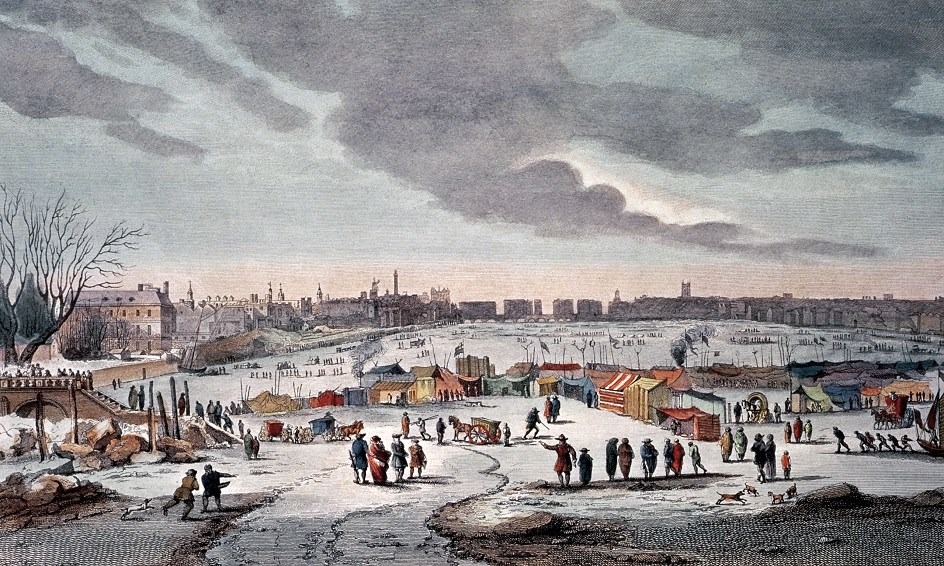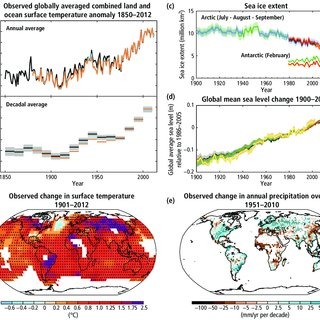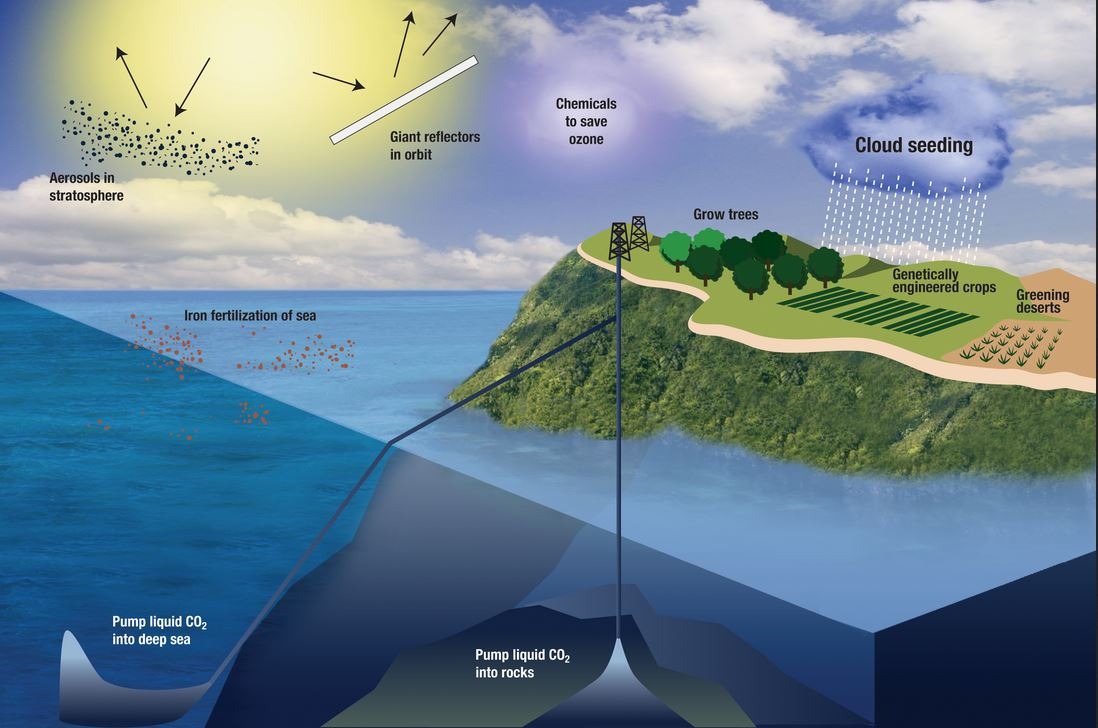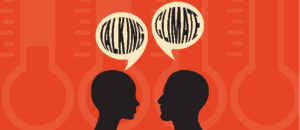What can climate models tell us?
Mission
The Nobel Conference brings students, educators and members of the general public together with the leading thinkers of our time, to explore revolutionary, transformative and pressing scientific questions and the ethical issues that arise with them.
For more than a century, very basic climate models have been predicting a warming climate. As those predictions have proven to be true, models with increasing complexity and sophistication are being used to predict what we think will happen to the climate and how our responses can change the outcome. Given the implications of what the models predict, and the controversy they have generated, these resources offer insight into the capabilities and limitations of climate models.
Climate Models and the Use of Climate Projections
By Paul Schramm
This article from the Center for Disease Control describes climate models, compares two common climate models (CMIP3 and CMIP5), and explains how climate outlooks can be used to give probabilities of future climatic events and how this can ultimately impact public health.
Brainwaves Interview with Gabriele Hegerl
Nobel Conference speaker, Gabriele Hegerl talks here about her life in science.
Climate Conversation with Michael White and Gabriele Hegerl
An interview about climate recommended to Nobel Conference attendee by Dr. Hegerl.
A Simple Climate Model
This is an online simulator where you can set factors like carbon emissions and see what happens to global temperature.
Detection and Attribution of Climate Change: a Regional Perspective
By Peter Stott
This publication describes how climate modeling and attribution work in regards to temperature, the hydrologic cycle, atmospheric circulation patterns, oceanic impacts and changes in climate extremes and addresses various uncertainties that accompany climate modeling.







